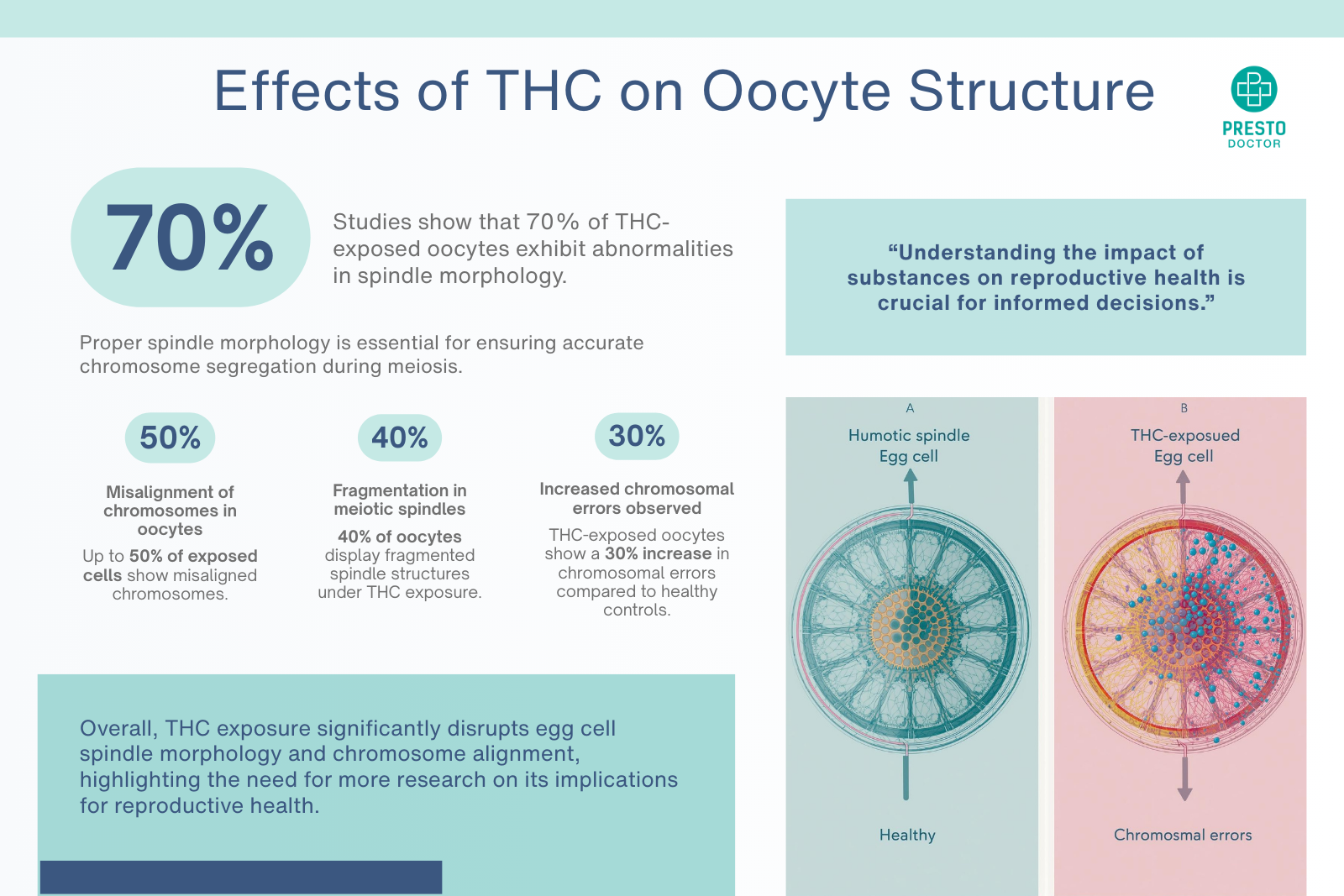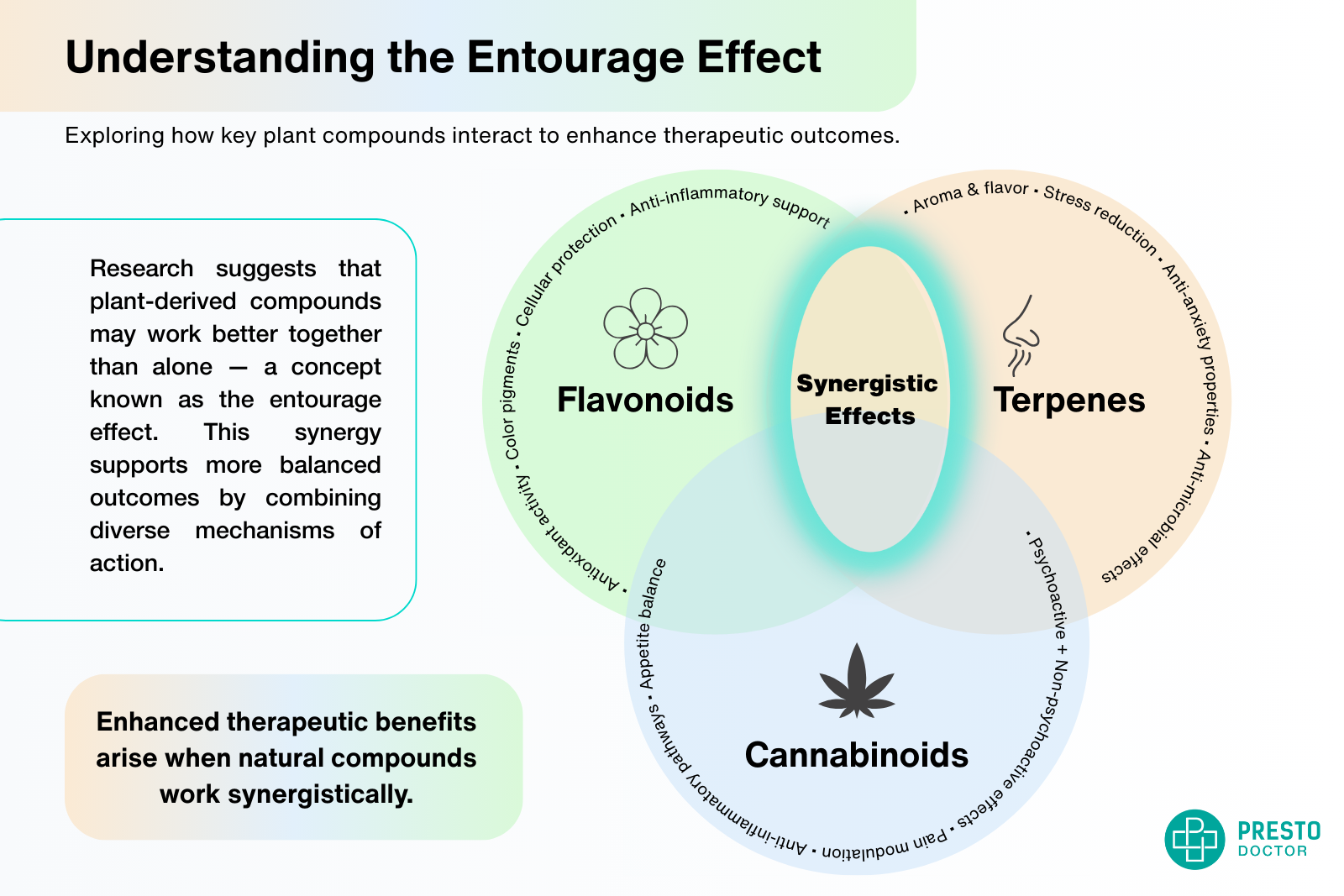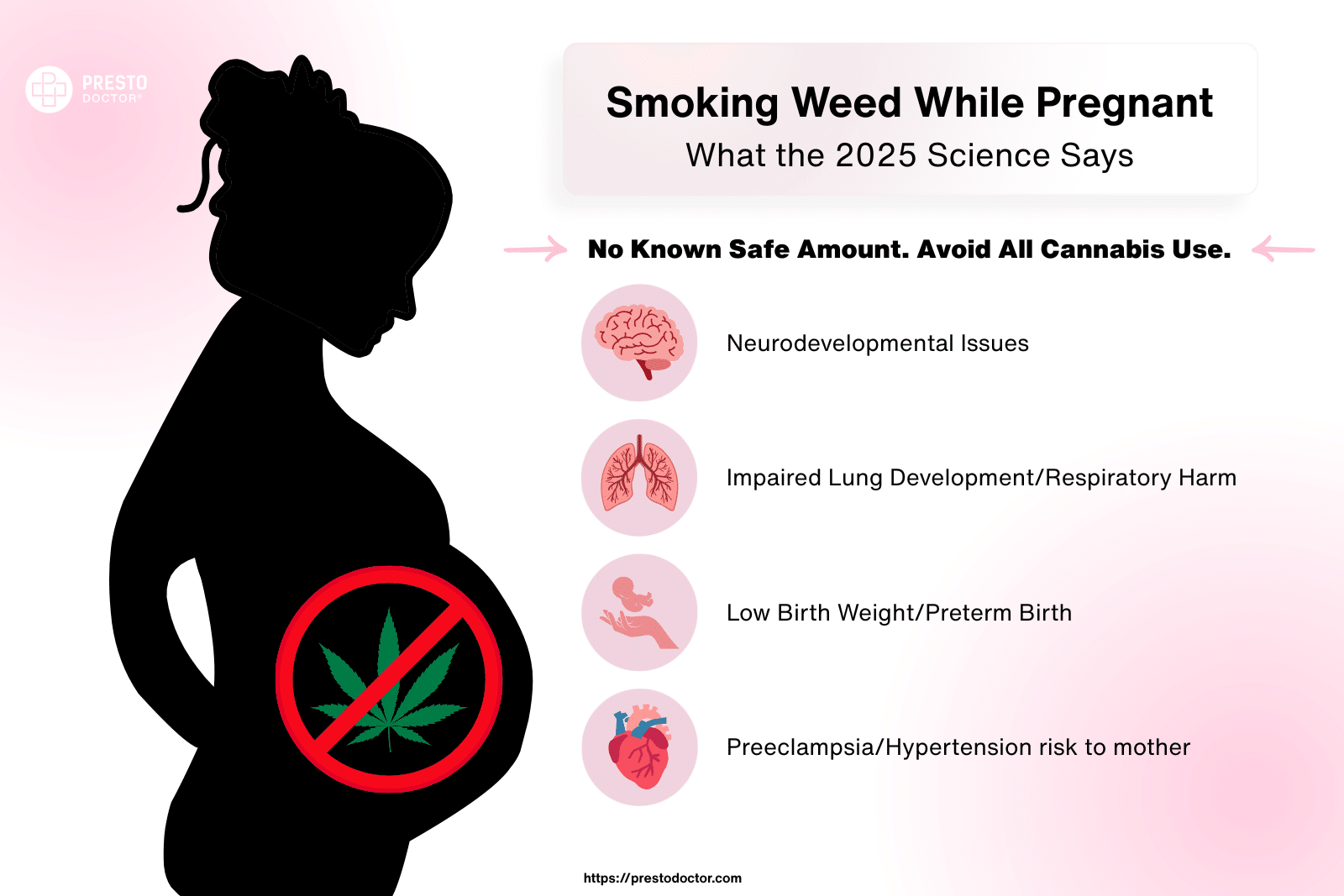
The effects of marijuana on blood pressure are complex and can also vary depending on several factors, including the dose, method of consumption, the individual’s health status, and the specific strain of marijuana used. This article will explore the evidence on whether marijuana lowers or raises blood pressure and highlight the role of different strains in modulating this effect. Read on to understand how marijuana can lower blood pressure or raise it.
Marijuana’s Impact on Blood Pressure: An Overview
Initial Effects
Upon acute consumption, marijuana typically causes an increase in heart rate and can additionally lead to a mild increase in blood pressure. This effect is primarily due to the activation of the sympathetic nervous system. The sympathetic nervous system is responsible for the body’s “fight or flight” response. This response leads to increased cardiac output and vascular resistance (S. Sidney, 2002).
Orthostatic Hypotension
While marijuana can initially raise blood pressure, it can also cause orthostatic hypotension. Orthostatic hypotension is a condition where blood pressure drops significantly when standing up from a sitting or lying position. This effect is attributed to decreased vascular resistance and has been observed in several studies (Reese T. Jones, 2002).
Chronic Use and Tolerance
With repeated use, individuals often develop tolerance to marijuana’s cardiovascular effects. Over time, the initial increase in blood pressure may diminish. In some cases, regular marijuana users may experience a reduction in blood pressure. This is due to the body’s adaptation, involving reduced sympathetic activity and enhanced parasympathetic activity (N. Benowitz & Reese T. Jones, 1975).
Withdrawal Effects
For heavy users, abruptly stopping marijuana use can lead to a significant increase in blood pressure. This effect is a part of the withdrawal syndrome that some chronic users experience, highlighting the potential for marijuana to modulate blood pressure in both directions (R. Vandrey, 2011).
Strains of Marijuana and Their Impact on Blood Pressure
The impact of marijuana on blood pressure can also vary depending on the strain, primarily due to differences in cannabinoid content, particularly THC (tetrahydrocannabinol) and CBD (cannabidiol).
- High-THC Strains: Strains that are high in THC, the psychoactive component of marijuana, are more likely to cause an initial increase in blood pressure. This effect is due to THC’s stimulant properties, which increase heart rate and vascular resistance. Examples of high-THC strains include Sour Diesel and Blue Dream (E. Domino et al., 1974).
- High-CBD Strains: In contrast, strains with higher CBD content and lower THC may have a more calming effect on the cardiovascular system. CBD is known for its anxiolytic and anti-inflammatory properties, which can help lower blood pressure. Strains like ACDC and Harlequin are often recommended for their potential to reduce anxiety and stress. Reducing anxiety and stress can indirectly contribute to lower blood pressure (F. Montecucco & V. Di Marzo, 2012).
Conclusion
In summary, marijuana can both raise and lower blood pressure, depending on factors such as the dosage, the frequency of use, and the specific strain. While high-THC strains are more likely to increase blood pressure, particularly upon initial use, high-CBD strains might have the opposite effect, helping to lower blood pressure by reducing anxiety and promoting relaxation. The long-term effects of marijuana on blood pressure remain complex, with chronic use potentially leading to tolerance and a subsequent decrease in blood pressure. However, individuals with cardiovascular conditions should exercise caution and consult healthcare providers when considering marijuana use.






